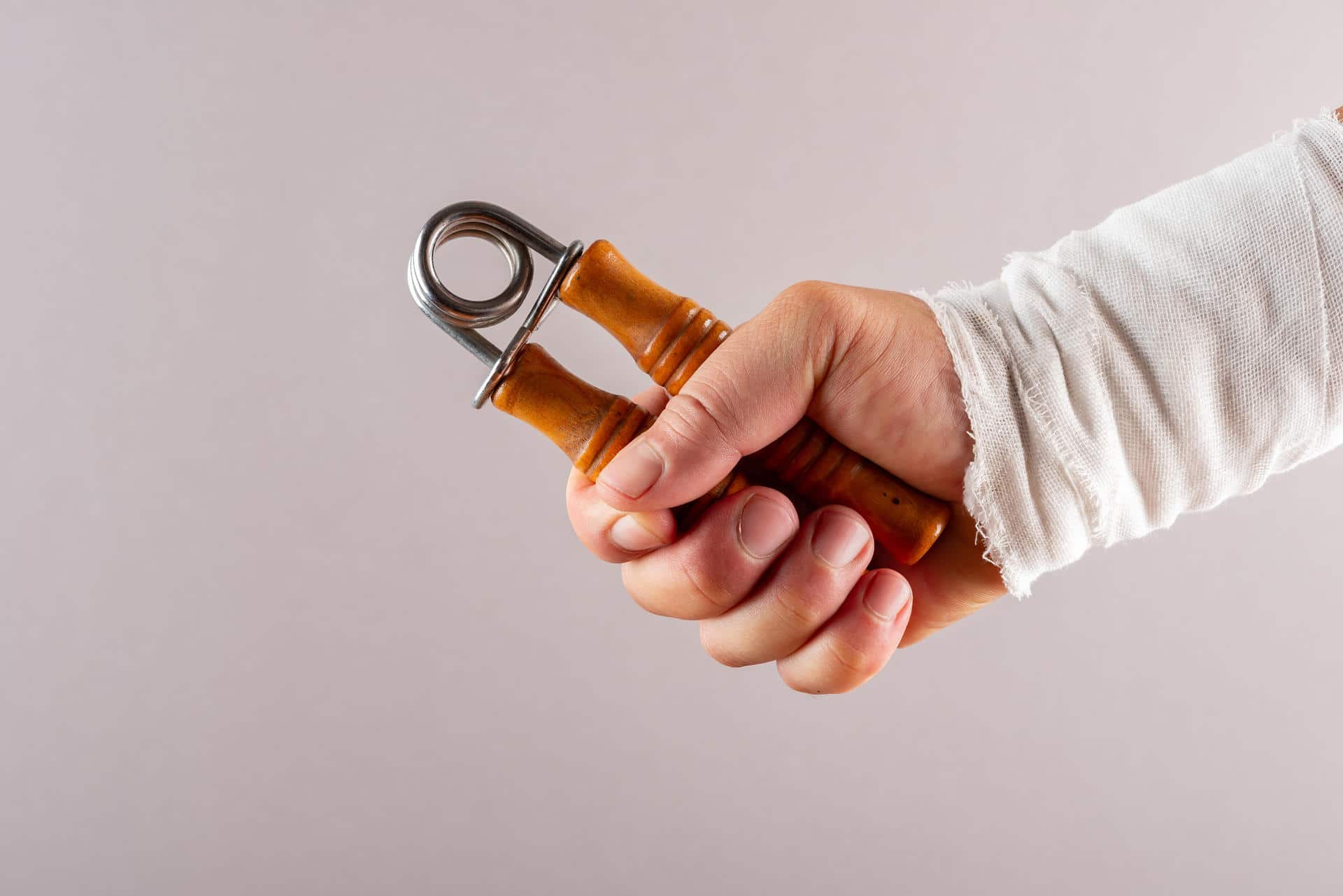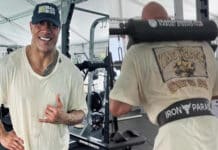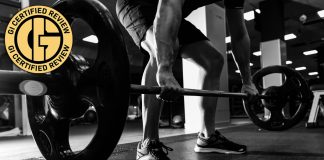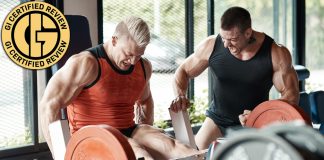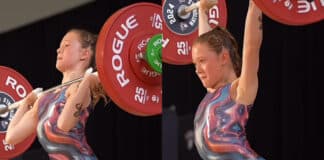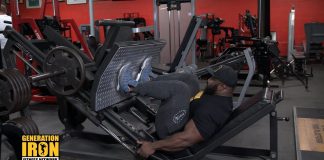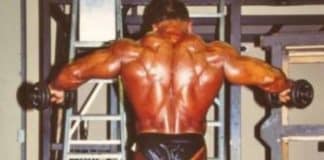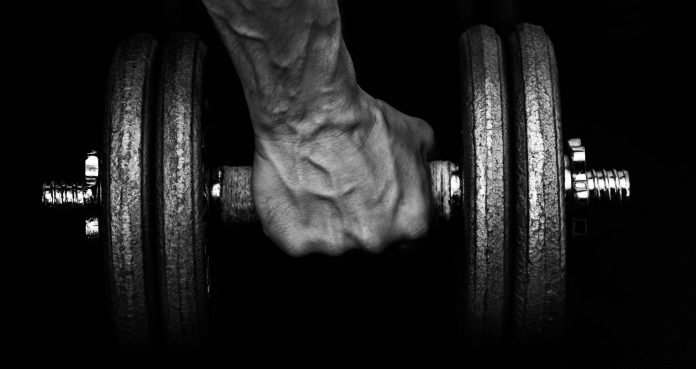
Using grip trainers will allow you to lift heavier weights to build more muscle.
Grip strength is crucial for executing many movements. Your targeted muscle group may have the required strength for the lift, but lifting the weight becomes only possible with sufficient grip strength. Furthermore, research indicates that grip strength may indicate overall health, enhancing muscle strength, bone density, and bodily functions (1).
Gym-goers may encounter grip strength limitations during their training sessions. They often turn to weightlifting straps or grip trainers to address these issues. Weightlifting straps can provide immediate relief by alleviating pressure, whereas grip trainers are a long-term solution designed to build and enhance grip strength gradually.
A grip strengthener, a specific grip trainer, improves grip quality. For those without access to a grip strengthener, this article presents three effective grip training exercises, complete with a detailed guide. It also highlights the significant benefits of using a grip trainer, underlining its value in a comprehensive fitness regimen.
Grip Trainer Benefits
A grip trainer is an effective way to build grip strength over time. It works by building and strengthening your forearm muscles, which in turn boosts your grip. Below are some of the benefits.
Increased Grip Strength
A grip trainer targets your hands, wrists, and forearms. The regular flexion and extension of these muscles isolate them and put constant tension on them, which makes them stronger. Improved grip strength allows for more efficient use of your hands and enhances your ability to perform exercises that demand a strong grip, such as deadlifts.
Prevents Injuries
A weak grip can expose you to injuries, especially wrists, fingers, and forearms. Regularly doing a grip trainer exercise improves your grip strength, reducing your chance of injuries and enabling you to perform daily activities like lifting, grabbing, or holding objects better.
Bigger Forearms
As much as grip trainers are meant to improve your grip strength, they also increase the size of the targeted muscles, which helps with your grip. These routines will boost growth in your forearms and flexors. So, grip trainers will increase your grip strength and improve your physique.
Improves Dexterity
Regular use of a grip trainer improves hand and finger use. Regular exercise of the limbs makes it easier to manipulate fingers, whether you are a musician, driver, hairdresser, or typist. It improves finger skills.
3 Grip Trainer Exercises
- The Farmer’s Walks
- Reverse Wrist Curls
- Hand Grippers
The Farmer’s Walks
The farmer’s walk is an effective exercise for building and strengthening your forearms for a firm grip. It involves holding free weights like dumbbells or kettlebells in each hand and walking. However, you can do farmer’s walks with heavy grocery bags or buckets. These weights should be as heavy as you can carry to put tension on your targeted muscles. Here is a step-by-step guide on how to do the farmer’s walk correctly using kettlebells.
- Grab a pair of kettlebells and hold one in each hand with a neutral grip.
- Stand straight and extend your arms fully while keeping your back straight with your chest up.
- Brace your core, then squeeze and pull your shoulder blades back. This is your starting position.
- Walk the room’s length back and forth, making it one rep.
- You can increase the weight or walking distance if it feels too easy.
- Repeat for as many reps as you desire.
Reverse Wrist Curls
The reverse wrist curl also helps to build and strengthen the forearms and wrists. You can perform this exercise with a dumbbell or a barbell to improve your grip strength. Using an EZ bar for this exercise is also an option, and it is easy on the wrists.
This exercise isolates your forearms and targets your brachioradialis. This is the muscle in front of your arm responsible for firmly grabbing objects. It also targets your pronator teres, which helps rotate your forearm to face downward, and the supinator, which turns your arm to face upward. Here is a step-by-step guide on correctly doing the reverse wrist curl using an EZ bar.
- Grab an EZ bar with both hands using an overhand grip and stand up straight.
- Ensure you extend your arms fully, maintain a straight back, lift your chest up, and pull your shoulders back.
- Lock your elbows on the sides and curl your arm to precisely 90 degrees.
- Next, let your wrists relax. This is your starting position.
- Then, extend your wrist upwards with the bar and slowly lower it back to the starting position to complete a rep.
- Repeat for as many reps as you desire.
Hand Grippers
Hand grippers are solely hand-training exercises that target your hands, wrists, and forearm muscles (flexors and extensors). They’re done with grip strengtheners and portable hand-held tools with springs. Grip strengtheners are not too bulky and use resistance to work your hands, allowing you to do them anywhere.
Since hand grippers are unilateral, they effectively train both sides of your hands equally. You can also use them to isolate and correct muscle imbalances in your hands and forearms. Hand grippers also employ isometric holds, which place tension on your forearms, which is good for growth (2). Here is a step-by-step guide on how to do the hand grippers correctly.
- Grab a grip strengthener with your right hand. One handle should rest on your palms, and the opposite should be wrapped around your fingers.
- Next, slowly squeeze the hand gripper with your fingers and palm until they come together, and pause in that position for about four to five seconds.
- Slowly and in a controlled manner, release the hold.
- Repeat this action for as many reps as you desire and mirror the movement for the left hand.
Follow us on Instagram, Facebook, and Twitter for more fitness tips!
References
- Alley, D. E., Shardell, M. D., Peters, K. W., McLean, R. R., Dam, T. T., Kenny, A. M., Fragala, M. S., Harris, T. B., Kiel, D. P., Guralnik, J. M., Ferrucci, L., Kritchevsky, S. B., Studenski, S. A., Vassileva, M. T., & Cawthon, P. M. (2014). Grip strength cutpoints for the identification of clinically relevant weakness. The journals of gerontology. Series A, Biological sciences and medical sciences, 69(5), 559–566. https://doi.org/10.1093/gerona/glu011
- Oranchuk, D. J., Storey, A. G., Nelson, A. R., & Cronin, J. B. (2019). Isometric training and long-term adaptations: Effects of muscle length, intensity, and intent: A systematic review. Scandinavian journal of medicine & science in sports, 29(4), 484–503. https://doi.org/10.1111/sms.13375


